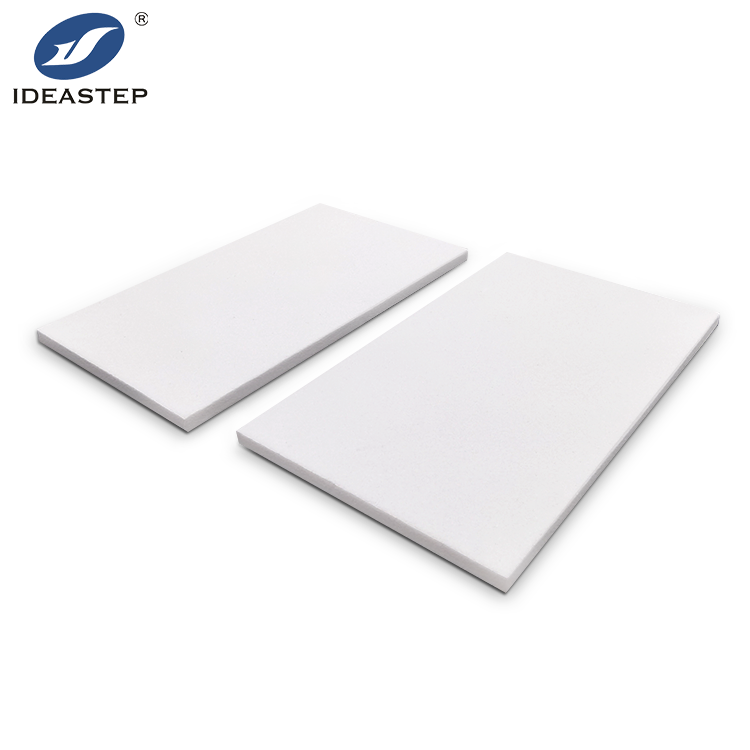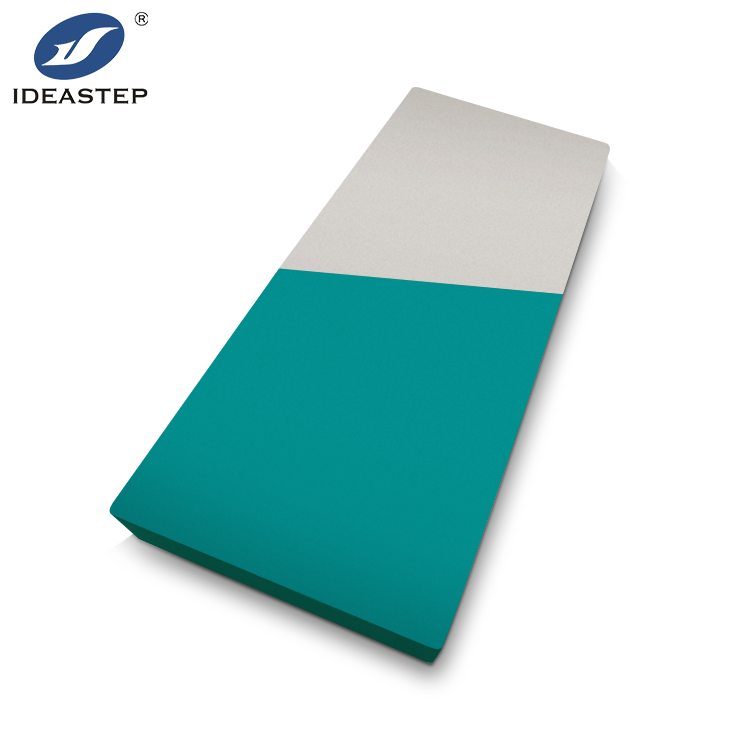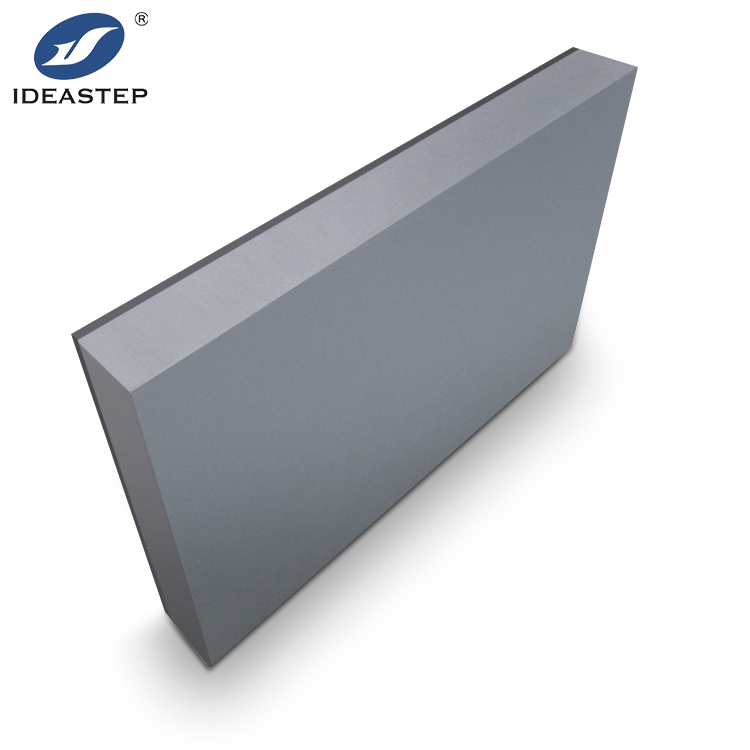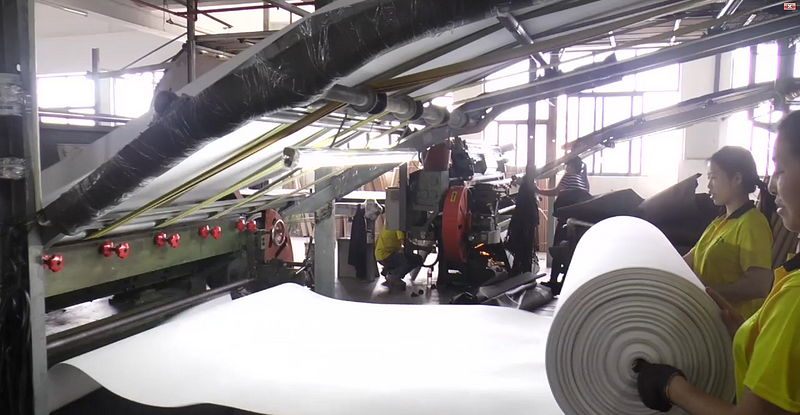Customizing EVA block dimensions to meet specific B2B client requirements is essential for ensuring optimal performance and client satisfaction. This article explores various customization options and considerations for tailoring EVA blocks to fit diverse business needs.
In the B2B sector, meeting client specifications for EVA (Ethylene Vinyl Acetate) block dimensions is crucial for ensuring that products meet performance standards and functional requirements. EVA blocks are used in a variety of applications, from footwear and sports equipment to packaging and industrial components. Customizing these blocks to meet specific client needs can enhance product performance and client satisfaction. This article explores various customization options and considerations for EVA block dimensions to help businesses align their offerings with client specifications.
1. Understanding Client Requirements
The first step in customizing EVA block dimensions is to thoroughly understand the client’s needs. This involves discussing their specific requirements, including the intended application, performance criteria, and any dimensional constraints. Key factors to consider include block size, thickness, density, and surface texture. For example, clients in the footwear industry may require EVA blocks with specific thicknesses and densities to achieve optimal cushioning and support, while industrial clients might need blocks with precise dimensions for fitting into machinery or packaging.

2. Options for Block Size and Thickness
Customizing the size and thickness of EVA blocks is a common request from B2B clients. EVA blocks can be manufactured in a range of sizes, from small components to large panels. The thickness of the blocks can also be adjusted based on the application. For example, thicker blocks are often used for applications requiring greater cushioning or insulation, while thinner blocks may be suitable for lightweight applications or components that require precise fitting. Working closely with clients to determine their ideal block dimensions helps ensure that the final product meets their specifications.

3. Density and Firmness Customization
The density and firmness of EVA blocks play a critical role in their performance. Customization options include adjusting the density of the EVA material to achieve the desired level of cushioning, support, or rigidity. Higher-density EVA blocks provide greater support and durability, making them suitable for applications that experience heavy use or stress. Lower-density blocks offer softer cushioning and are ideal for applications requiring comfort and flexibility. Understanding the client’s needs in terms of density and firmness helps in producing blocks that deliver the desired performance characteristics.

4. Surface Texture and Finishing
Surface texture and finishing are important aspects of EVA block customization. Clients may require specific surface textures for aesthetic purposes, grip enhancement, or functional requirements. EVA blocks can be finished with various textures, such as smooth, textured, or patterned surfaces. For example, a smooth surface might be preferred for applications requiring easy cleaning or a sleek appearance, while a textured surface can provide additional grip or traction. Customizing the surface texture to match the client’s specifications ensures that the blocks meet their functional and aesthetic needs.

5. Color and Aesthetic Customization
Color customization is another important consideration for EVA blocks. Businesses may need to produce EVA blocks in specific colors to match branding requirements or to create visually appealing products. EVA blocks can be manufactured in a wide range of colors, and custom colors can be achieved through dyeing or pigment addition. Working with clients to select the appropriate colors helps ensure that the blocks align with their branding and design preferences.

6. Production and Quality Control
Once the customization options are determined, the production process must be carefully managed to ensure quality and consistency. This involves selecting the right materials, using accurate manufacturing techniques, and implementing rigorous quality control measures. Regular inspections and testing are essential to verify that the EVA blocks meet the specified dimensions, density, and performance criteria. Collaboration with a reliable EVA block supplier, such as Ideastep, can help ensure that the customization process is smooth and that the final products meet the required standards.

7. Communication and Collaboration
Effective communication and collaboration with clients are key to successful customization. Maintaining open lines of communication throughout the design and production process helps address any concerns or adjustments needed. Providing clients with samples or prototypes can also be beneficial for verifying that the EVA blocks meet their expectations before full-scale production begins. Ensuring that clients are satisfied with the final product helps build strong business relationships and enhances overall client satisfaction.
Conclusion
Customizing EVA block dimensions to meet B2B client specifications involves careful consideration of various factors, including size, thickness, density, surface texture, and color. By understanding client requirements and working closely with them throughout the production process, businesses can ensure that their EVA blocks meet performance standards and functional needs. Effective customization not only enhances product performance but also strengthens client relationships and satisfaction.
FAQ
1. What factors should be considered when customizing EVA block dimensions for clients?
Key factors include the intended application, block size, thickness, density, surface texture, and color. Understanding these requirements helps ensure that the EVA blocks meet the client’s performance and aesthetic needs.
2. How can the density of EVA blocks be adjusted for different applications?
The density of EVA blocks can be customized by adjusting the material formulation during production. Higher density provides more support and durability, while lower density offers softer cushioning and flexibility.
3. Why is quality control important in the customization of EVA blocks?
Quality control is essential to ensure that the EVA blocks meet the specified dimensions, density, and performance criteria. Regular inspections and testing help verify that the blocks are produced to the required standards and function as intended.
